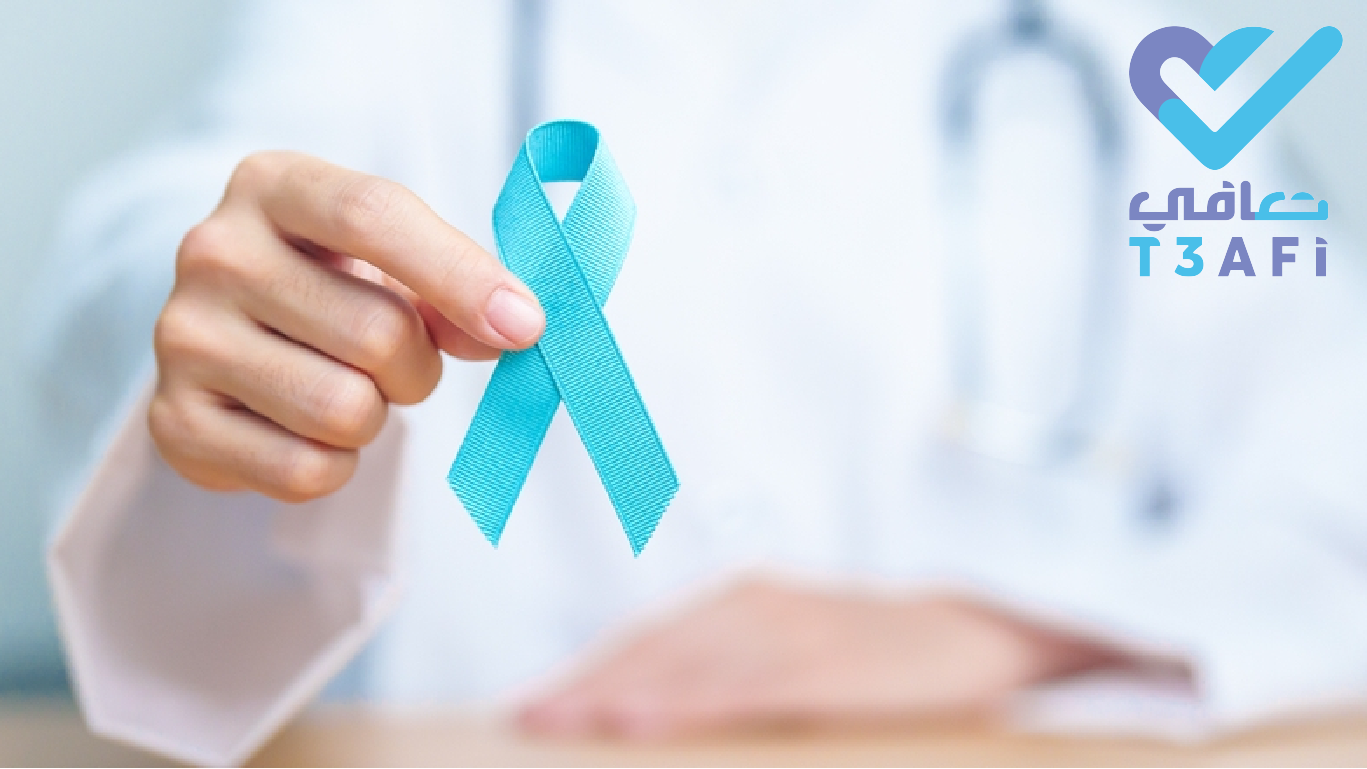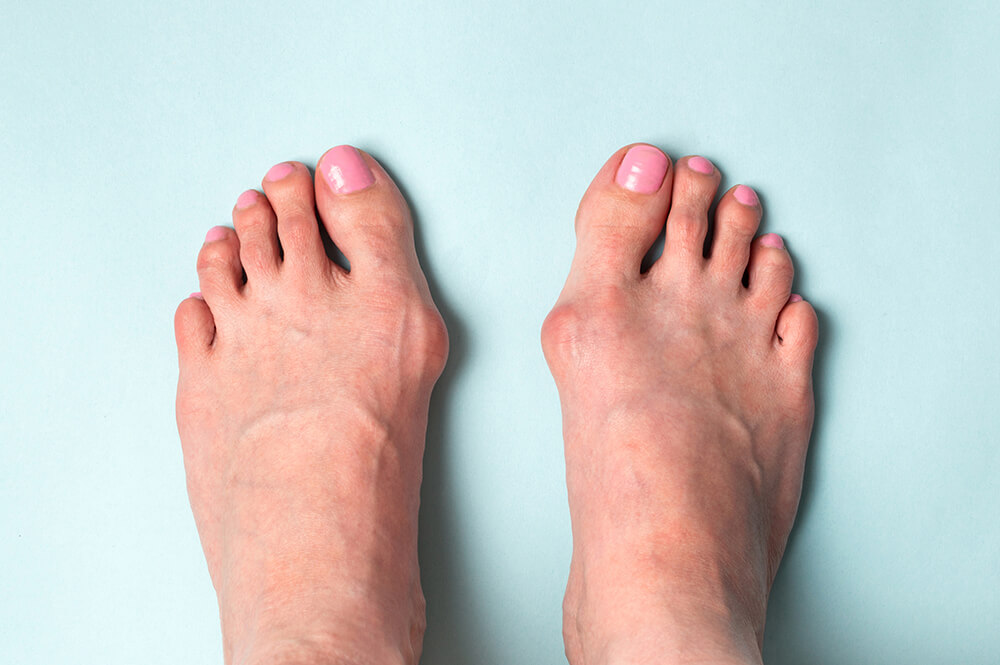
Survivors of the catastrophic earthquake in Turkey and Syria, which killed more than 20,000 people, injured tens of thousands, and displaced hundreds of thousands, are facing scientifically proven possibilities of suffering from post-traumatic stress disorder, which is one of the long-term mental health disorders. So let's learn in this article about the signs of this disorder, symptoms and treatment methods.
During our daily lives, each of us is exposed to a terrible accident that is out of our control. What is meant by a terrible accident is when a person feels that he is in danger or his life is threatened, or we see others dying or injured, for example:
Serious road accidents, battles, wars and natural disasters (earthquakes, volcanoes, floods and hurricanes) sexual assault, rape, physical assault, exposure to theft or burglary, and also a diagnosis of a life-threatening disease or when a family member dies may trigger post-traumatic stress disorder Which appears as a reaction to the chemical changes that occur in the brain after exposure to painful events, and is not the result of a defect or weakness in the personality.
Fortunately, most people overcome these experiences over time even without psychological help, but for some people it causes them a reaction that may last for months or even years and this is what we call post-traumatic stress disorder. Post-traumatic stress symptoms may begin weeks or even months after the event, but usually appear within one month of the event.
PTSD is usually categorized into four types: intrusive memories, avoidance, negative changes in thinking and mood, and changes in physical and emotional reactions. Symptoms can change over time or differ from person to person.
Second: avoidance
Third: Negative changes in thinking and mood
Fourth: Changes in physical and emotional reactions
For children 6 years of age and younger, signs and symptoms may also include:
PTSD is not diagnosed until at least one month after exposure to the traumatic event, and the doctor relies on the diagnosis of knowing the medical history and what the person has gone through from painful experiences and events, in addition to the symptoms he is currently suffering from based on the criteria for diagnosing PTSD .
Treatment for PTSD cases includes psychotherapy, medication, or both.
1- Psychotherapy:
Cognitive behavioral therapy is one of the effective methods in reducing and treating the symptoms of post-traumatic stress disorder, as it works to change the thoughts and behaviors of the individual, which helps to overcome the trauma and relieve symptoms. Other psychotherapeutic approaches used to treat this disorder include:
2- Pharmacological treatment:
The use of antidepressants may be useful in treating post-traumatic stress disorder, as they contribute to improving mood and relieving anxiety, such as Sertraline and Paroxetine.
Receiving psychological support and appropriate treatment after experiencing psychological trauma can help prevent the condition from developing into PTSD.
Initial psychological support plan:
First: come close
Ask the person how he feels. Calm him down if he is agitated or panicked.
Second: listen
Listen to the person without judgment and make them feel understood.
Third: support
Offer him emotional support and then informational solutions to his problem.
Fourth: Encourage
Encourage him to choose one of the specialized options available, such as medication and psychotherapy.
Fifth: Tell
Talk to him about psychological self-help strategies (support groups - family - friends).
And in conclusion, don't forget yourself!!
After you provide assistance to a person in psychological distress that may affect your feelings in a negative way, pay attention to these feelings and try to deal with them and mitigate their impact, such as talking to a person you trust, and take into account the privacy of the injured person by not mentioning information about his condition.
Prepared by: Dr. Moaz Muhammad Moataz Al-Mahaini.
Linguistic proofreading: Lana Muhammad Moataz al-Mahaini.
Sources and references:

سرطان البوستات
شهر نوفمبر شهر التوعية
بواحد من أكثر السرطانات انتشاراً عند الذكور وهو سرطان البروستات
هي غدة تقع أسفل المثانة
أمام المستقيم عند الذكورنمو خلايا هذه الغدة بشكل غير طبيعي وخارج عن السيطرة هو
سرطان البروستات
غالباً هذا السرطان بطيء
النمو و يمكن علاجه بنجاح فقط عند الكشف المبكر عنه بالمراحل الأولى.
ولازم يتفرق عن حالة تسمى
تضخم البروستات الحميد وفيها يكون تضخم أو تكاثر الخلايا حميد.
يمكن إن يكون سرطان
البروستات بدون أعراض و لا تظهر إلا في مراحل متقدمة أو عند انتشاره للعظام في
الحوض أو الفقرات أو الأضلاع
أعراض
سرطان البوستات
- مشكلات
التبول صعوبة التبول و حرقة أو ألم عند التبول
- الحاجة
المتكررة للتبول خاصة في الليل
- ضعف
تدفق البول أو عدم قدرة مفاجئة على التبول
- وجود دم
في البول أو السائل المنوي
- ألم عند
الجلوس إذا كانت الغدة متضخمة
- ضغف
الأداء الجنسي
- فقدان
الشهية
- فقدان
الوزن غير المبرر
- تعب
مستمر
- آلام
شديدة في العظام أو أسفل الظهر أو أسفل الحوض أو بالخصيتين
- وذمة و
تورم بالساقين
- تغيرات
بحركة الأمعاء
- الفحص
الإصبعي للمستقيم
- الكشف
عن المستضد البروستاتي النوعي PSA
- تصوير
الإيكو
- الخزعة
و هي المؤكد النهائي
العلاج
تتنوع خيارات العلاج فتوجد أكثر من طريقة واحدة و اختيار الطريقة الأفضل يكون لكل
حالة بذات
حسب انتشار السرطان و سرعة
نموه و عمر المريض و عوامل أخرى يحددها الطبيب .ومن
الخيارات العلاج الإشعاعي أو الهرموني أو الاستئصال الجراحي .
- العمر
تزيد خطورة الإصابة عند يتجاوز عمر الرجل 50 عاماً
- التاريخ
العائلي تزداد الخطورة عند وجود إصابة واحدة أو أكثر في العائلة
- مستويات
عالية من هرمون التستوسترون بسبب مرضي أو بسبب الأدوية
لا يمكن منع الإصابة بسرطان البروستات لكن تقليل من مضاعفته ومخاطره من خلال الكشف
المبكر و ذلك وجود أي عامل من عوامل الخطر .
كيف أمنع سرطان البروستات أن يتطور
وهناك بعض التدابير التي
يمكن اتباعها للحد من تطور المرض مثل:
التغذية الصحية
النشاط الجسدي المنتظم
وهكذا نرى أنّ سرطان
البروستات على الرغم من انتشاره الكبير إلا أن الكشف المبكر عنه يقلل الكثير من
النتائج المحتملة.
إعداد
الدكتورة وئام الشقران

هل تعلمون أن سرطان الثدي هو أكثر أنواع السرطانات شيوعاً بين النساء حول العالم، وهل تعلمون أنه يمكن الوقاية من مضاعفاته و الشفاء منه إذا تم اكتشافه مبكراً⁉
في شهر أكتوبر من كل عام، نحتفل بالشهر الوردي ، وهو حملة عالمية لزيادة التوعية بسرطان الثدي وتشجيع المرأة على فحص ثديها بانتظام وطلب المساعدة الطبية إذا لاحظت أي تغيرات غير طبيعية.
ما هي علامات وأعراض سرطان الثدي
سرطان الثدي هو نمو غير طبيعي لخلايا الثدي، وقد يسبب بعض التغيرات في شكل وحجم وملمس الثدي أو الحلمة أو الجلد المحيط بها
بعض العلامات والأعراض المحتملة لسرطان الثدي هي :
-وجود كتلة أو عقدة صلبة في الثدي أو تحت الإبط.
-انتفاخ أو تورم في جزء من الثدي.
- تغير في حجم أو شكل الثدي.
-تجعد أو تقشر أو تساقط للجلد على الثدي أو الحلمة.
-انعكاس أو انقلاب لحلمة الثدي.
-خروج إفرازات من الحلمة، قد تكون دموية أو شفافة.
-آلام في الثدي أو الحلمة.
-احمرار أو حرارة أو التهاب في الثدي.
-ظهور طفح جلدي على الثدي مشابه لالتهاب الجلد.
ما هي عوامل الخطر للإصابة بسرطان الثدي؟
بدايةً مفهوم عامل الخطر هو أي شيء يزيد من احتمالية حدوث مرض معين، وفي حالتنا هذه هو سرطان الثدي .
بناءً على ذلك تقسم عوامل الخطورة للإصابة بسرطان الثدي إلى قسمين :
القسم الأول وهي العوامل التي لا تتمكن السيدة من التحكم بها مثل:
الجينات
التاريخ العائلي أي إذا كانت المرأة لديها قريبة من الدرجة الأولى (أم، أخت، ابنة) قد اصيبت بسرطان الثدي، فإن خطر إصابتها يزداد .
التعرض المتكرر للإشعاع على منطقة الصدر في عمر مبكرة .
بدء الدورة الشهرية بعمر مبكر.
القسم الثاني وهي العوامل التي تتمكن السيدة من التحكم بها و
تستطيع من خلالها محاربة السرطان:
-العناية بالذات و اتباع نظام حياة صحي
-تناول الطعام الصحي والتخلص من الوزن الزائد
-الابتعاد عن التدخين والمشروبات الكحولية.
-ممارسة الرياضة لمدة 30 دقيقة يومياً
-الإنجاب والاهتمام بالرضاعة الطبيعية لأنها تعد من العوامل الهامّة لمحاربة سرطان الثدي.
كيف يمكن فحص الثدي بشكل صحيح؟
الفحص الذاتي للثدي وهو يعد من أهم طرق الكشف الدورية المتناولة بيد جميع السيدات لسهولة تطبيقها
يقسم الفحص الذاتي للثدي إلى ثلاث خطوات ولكل خطوة وضعية يتم من خلالها تحري نسيج الثدي بشكل كامل :
الخطوة الأولى تكون أثناء الاستحمام بحيث يكون الجلد رطب وزلق يتم فيها وضع اليد اليسرى خلف الرأس وفحص الثدي الأيسر بأصابع اليد اليمنى بنعومة للبحث عن أي كتل وعلى العكس للثدي الأيمن .
الخطوة الثانية تكون أمام المرآة بوضع اليدين على الخصر و تأمل الثدي وملاحظة التناظر وأي تغير في شكل أحد الثديين ونكرر العملية ولكن برفع اليدين إلى الأعلى وماننسى أنو من الطبيعي يكون في فرق بسيط بحجم الثديين ولا يعتبر مرضي .
الخطوة الثالثة تكون بوضعية الاستلقاء على الظهر و وضع وسادة أو منشفة تحت الكتفين و وضع اليد اليسرى خلف الرأس وفحص الثدي الأيسر باليد اليمنى وعلى العكس لفحص الثدي الأيمن وبهذه الطريقة ينفرد كامل نسيج الثدي على جدار الصدر ويسهل اكتشاف الكتل.
طبعاً الفحص الذاتي للثدي يتم تطبيقه مرة واحدة كل شهر بعد انتهاء الدورة الشهرية ب 7 أيام
أما بالنسبة للسيدات بسن اليأس فهو كمان مرة واحدة ولكن بيوم ثابت من كل شهر.
ولبيان أهمية هذا الفحص يجب أن ننوه على أن الإحصائيات تشير إلى أن 40%‼من سرطانات الثدي التي يتم اكتشافها تكون من قبل السيدات خلال إجرائهن للفحص الذاتي .
سرطان الثدي لا يعني النهاية هناك الكثير من النساء اللواتي تغلبن على هذا المرض وأمضين حياة طبيعية وسعيدة كوني إحداهن ولا تستسلمي للخوف أو الإحباط اطمئني فأنت لست وحدك في هذه المعركة نحن معك وندعمك ونحبك
إعداد الدكنور معاذ المهايني

Perhaps the most important thing that attracts attention in shoe shopping stores is high heel shoes, but have you ever wondered about the dangers and health disadvantages related to them?
High heels and tight shoes cause many back and feet pains, in addition to causing many deformities, of which the hallux valgus is the most common.
It is a pathological condition in which a bony protrusion appears on the joint at the base of the big toe, which leads to its deviation towards the rest of the toes.
Women are more likely to suffer from this deformity, as a result of wearing tight shoes and high-heeled shoes, in addition to the presence of other factors that predispose to infection, such as the genetic factor, obesity, flat feet, and some chronic diseases such as rheumatoid arthritis.
This condition leads to many symptoms whose severity varies according to the degree of deformity, starting with mild pain to reach inflammation and defective deformation in the shape of the foot, which leads to chronic pain that accompanies the patient throughout his life.
Management of this condition requires two types of treatments:
One of them is pain relief using NSAID's and corticosteroid injections.
And the other is by using physical therapy, wearing flexible shoes, and reducing excess weight. In some severe cases, we may have to perform surgery in order to relieve the patient from the severe pain he suffers from. To prevent the occurrence of injury or to reduce its severity, it is recommended to follow the following instructions:
Prepared by Dr.: Moaz Muhammad Moataz Al-Mahaini.
Linguistic proofreading: Lana Muhammad Moataz al-Mahaini.
Bunion. (n.d)
ncbi.nlm.nih.gov/pubmedhealth/PMH0002211/
Bunions. (2012, September)
orthoinfo.aaos.org/topic.cfm?topic=a00155
Bunions (hallux abducto valgus). (n.d.)
foothealthfacts.org/footankleinfo/bunions.htm
Mayo Clinic Staff. (2014, February 11). Bunions
mayoclinic.org/diseases-conditions/bunions/home/ovc-20262028